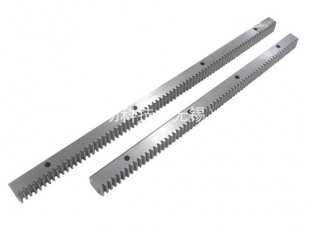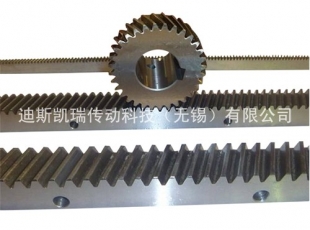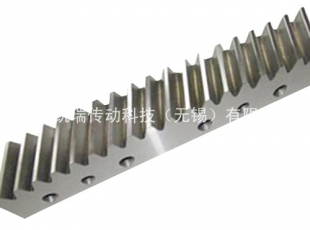Design principle and stability of DSKR rack
DSKR rack is active part and gear is driven part
1. Determine the modulus m according to the load (check the value of m in the Mechanical Design Manual)
2. Determine the dividing circle diameter D, D=m*z of the driven gear (in formula, Z is the number of teeth of the gear)
3. The number of teeth of the gear needs to be considered comprehensively according to the torque and structure of the load. When the torque is large, the number of teeth of the gear can be chosen to be larger, so that the diameter of the gear will be larger, and vice versa, the diameter can be made smaller. Keep in mind the key formula above: D = m * z, which is an important formula.
4. After the indexing circle diameter D of the gear is determined, the circumference of the indexing circle diameter can be calculated, assuming that it is L.
5. L is the effective length of the rack. Considering the operation and installation of the rack, generally, the actual length should be greater than L. Specifically, most of them should be considered when designing the structure.
Stability of Gear and Rack in Transmission
Gear and rack are quite stable in the process of transmission, so they are relatively stable in the similar technology, and they also have their own characteristics. First, the characteristics of gear transmission: gear transmission is a widely used transmission form. Compared with other transmission, it has the advantages of large transmission power, wide speed range, high efficiency, reliable operation, long service life, compact structure and constant transmission ratio. The disadvantage is that it requires high manufacturing and installation accuracy, high cost and is not suitable for transmission with too large central distance between two axles.
Classification of gear transmission: 1. According to the mutual position of axes: plane gear transmission and space gear transmission. Planar gear transmission: according to the direction of gear teeth: spur gear transmission, helical gear transmission and herringbone gear transmission; according to the meshing mode: external meshing, internal meshing and rack-and-pinion transmission; space gear transmission: bevel gear transmission, staggered helical gear transmission and worm gear transmission. 2. Whether the gear is closed or not: open and closed gear transmission.

The cutting-edge gear processing technology, brilliant fight!
Publication time:2019-10-09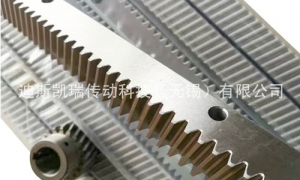
Development Trend of Gear Processing Technology and Equipment
Publication time:2019-10-09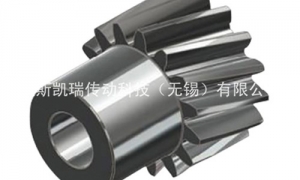
Some Key Points to Be Noticed in Gear Processing and Manufacturing
Publication time:2019-10-09
Why do we always want to do Gear processing, but we cant do it well?
Publication time:2019-10-09
Development Trend of Gear Processing Technology and Equipment
Publication time:2019-10-09
Introduction of Gear Processing
Publication time:2019-10-09
Common Defects and Solutions in Gear Hobbing
Publication time:2019-10-09
Several Key Technologies in Rack Grinding Machine
Publication time:2019-10-09
What is gear machining?
Publication time:2019-10-08
The Advantage of Rack Processing Roller Rack in Motion Mechanism
Publication time:2019-10-08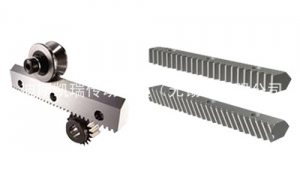
Introduction to the Characteristics and Parameters of Rack Machining Rack
Publication time:2019-10-08
Common Materials for Gear Processing
Publication time:2019-10-08
1The cutting-edge gear processing technology, brilliant fight!
2019-10-09

2Development Trend of Gear Processing Technology and Equipment
2019-10-09

3Some Key Points to Be Noticed in Gear Processing and Manufacturing
2019-10-09

4Why do we always want to do Gear processing, but we cant do it well?
2019-10-09

5Development Trend of Gear Processing Technology and Equipment
2019-10-09

6Introduction of Gear Processing
2019-10-09


